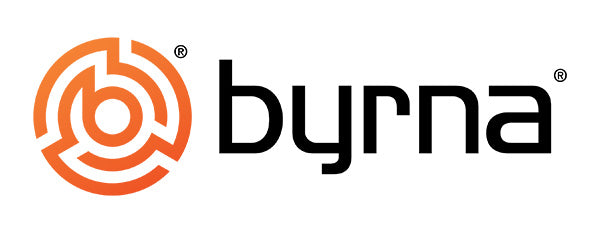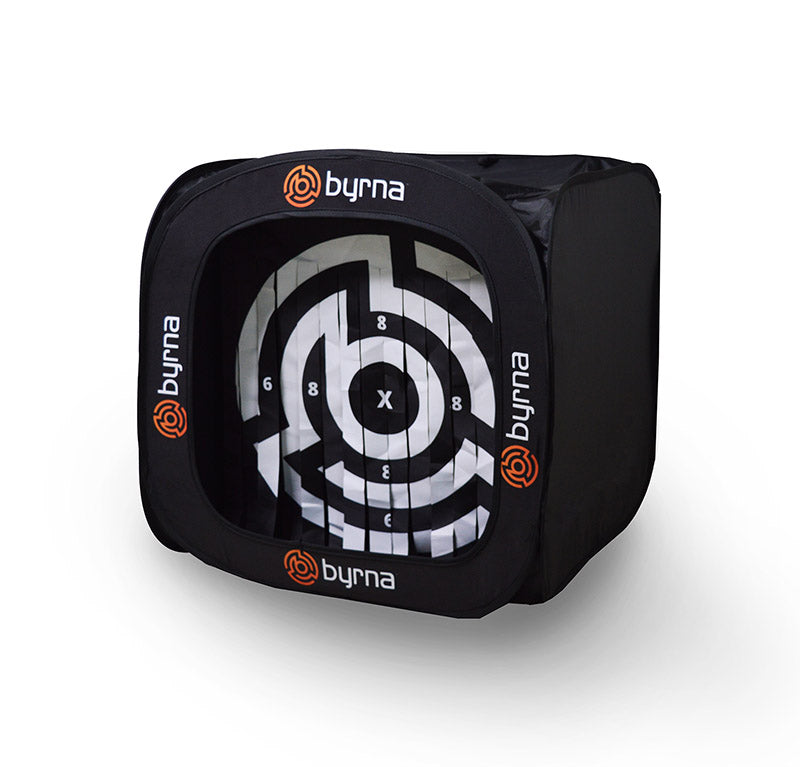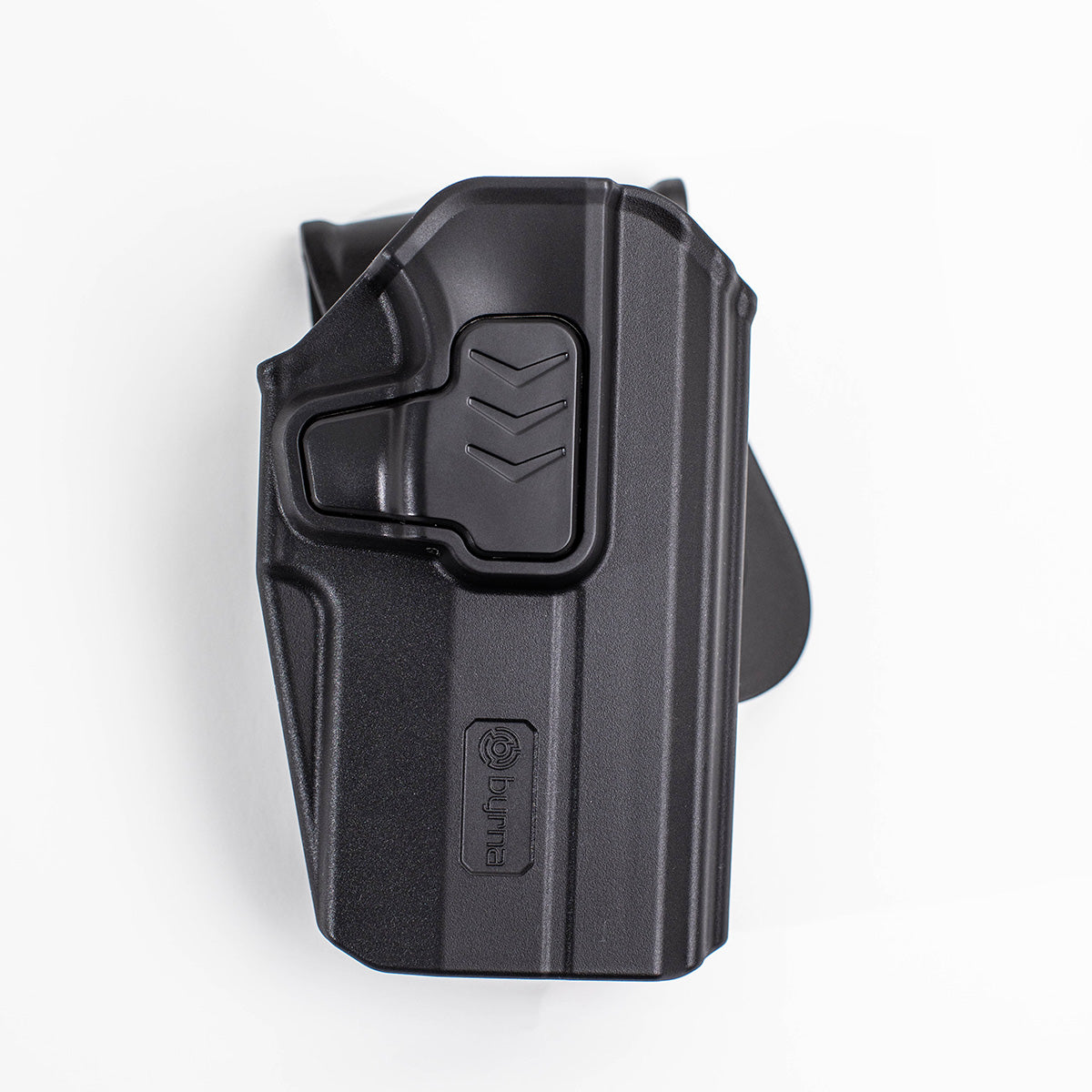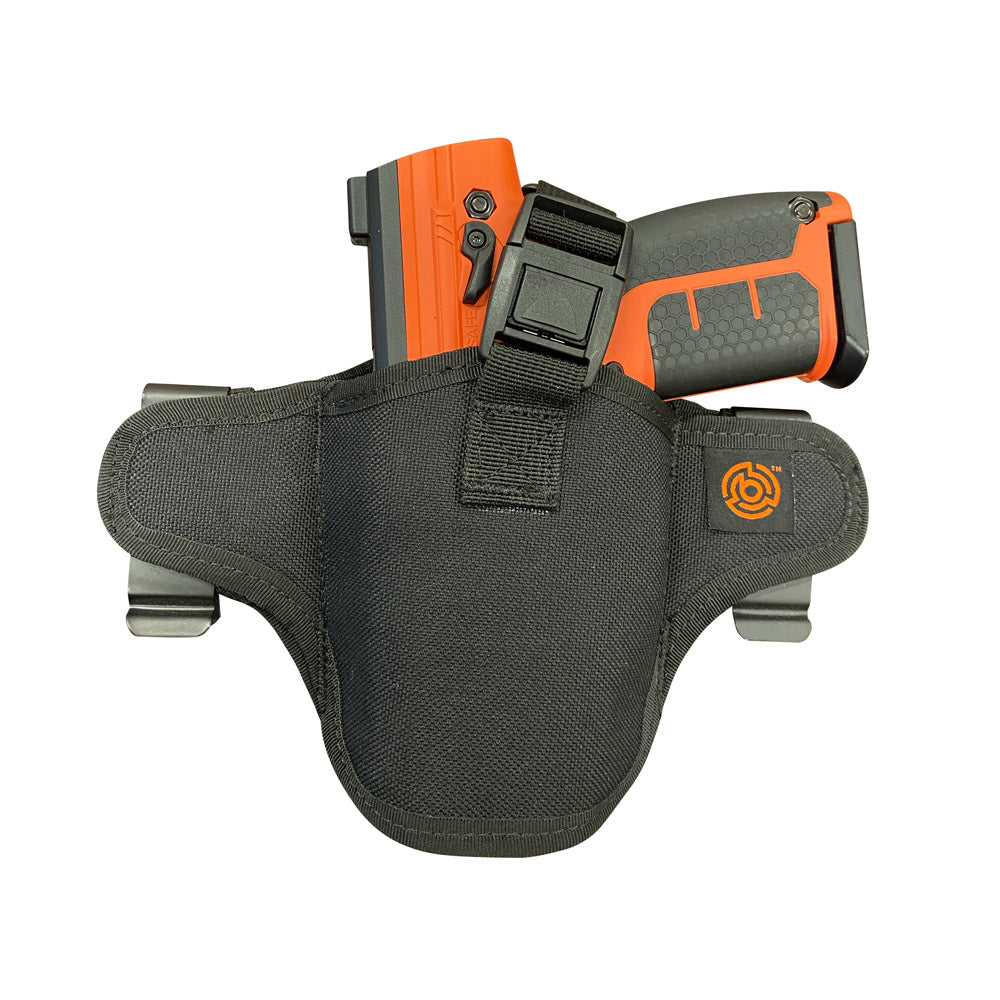Concealed-Carry Draw Drill: Fast, Practical, and Easy to Practice
A simple, repeatable concealed-carry drill builds speed and confidence from everyday carry positions. This drill starts from a concealed, holstered CL (Compact Launcher) and focuses on a clean garment-clear, efficient draw, and a three-round controlled response at a single target placed about 10 feet away. The drill is compact, adaptable, and pairs well with other movement drills such as “back off,” the box drill, or “off the X.”
Equipment and setup
- One target set at ~10 ft.
- A holstered Burn CL rigged for concealed carry (appendix or hip carry recommended) loaded with three rounds.
- Either a hard target for protraining/practice rounds or a target tent for kinetic rounds.
- A garment (shirt, jacket) covering the holster to simulate real-world concealment.
Step-by-step overview
Begin with the holstered CL covered and hands in a neutral position. Use the support hand to move the covering garment clear of the draw path. Then draw with the dominant hand, present, and fire three rounds on the target. Repetitions should emphasize smooth garment clearing, consistent grip acquisition, and controlled trigger press.
Pro tips for efficiency and safety
Clearing the garment well out of the draw path is critical. Pull a handful of fabric and move it farther than seems necessary to ensure it will not snag during the draw. Position the holster so the support hand can perform the clearing motion; if the firing hand must both clear and draw, the total response time will increase. Practice with a foldable target trap or target tent for indoor sessions—ideal for colder months or range limitations. Use protraining rounds or kinetic alternatives appropriate for the chosen target system, and always follow range safety rules and local laws.
Why this drill matters
Training from a covered, concealed position more closely replicates real-world conditions than a naked-draw practice. Integrating this drill into regular training—alone or combined with movement and retention drills—improves muscle memory for garment management, draw speed, and immediate follow-up accuracy. Regular, safe practice ensures readiness and increases the likelihood of an effective response if a defensive situation arises.
Train frequently, prioritize safety, and maintain adherence to all applicable regulations while conducting live-fire practice.









